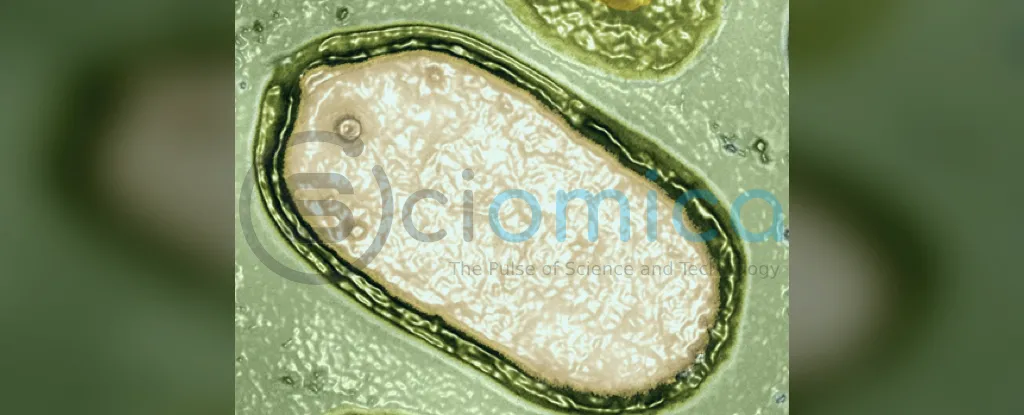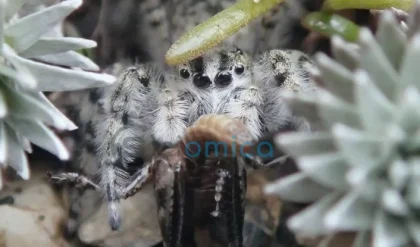
In a groundbreaking study led by marine biologist Benjamin Minch and virologist Mohammad Moniruzzaman from the University of Miami, researchers have unveiled hundreds of new giant viruses that inhabit the world’s oceans. This extensive research identified 230 previously unknown giant viruses, contributing significantly to our understanding of these viral entities and their crucial role in marine ecosystems.
The research team utilized advanced computer software to decode the genomes of microbes found in seawater samples, facilitating the identification of these new viruses. Understanding the diversity and function of giant viruses is essential for comprehending how they interact with marine organisms, particularly protists such as algae, amoebas, and flagellates. Moniruzzaman emphasized the importance of this knowledge, highlighting its potential to predict and manage harmful algal blooms, which pose health risks to humans globally, particularly in regions like Florida.
Recent advancements in genome databases, analytical instruments, and computational programs have streamlined the discovery process for giant viruses, providing scientists with fresh insights into their behaviors and transmission methods. Progress in this field is critical as giant viruses are known to significantly impact phytoplankton populations—the microscopic photosynthetic organisms that play a vital role in marine food webs and contribute substantially to Earth’s oxygen supply. Enhanced understanding of how giant viruses affect these organisms could bolster conservation efforts.
In addition to the discovery of 230 new giant viruses, the study also identified 569 new functional proteins, including nine associated with photosynthesis. Some of these viruses appear to manipulate the photosynthetic processes of their host cells, highlighting their ability to harness energy for survival. Minch pointed out that the presence of genes related to cellular functions like carbon metabolism and photosynthesis in giant viruses traditionally associated with cellular organisms suggests these viruses significantly influence their host’s metabolic processes, impacting marine biogeochemistry.
The researchers classified the newly discovered giant viruses into two existing orders: Imitervirales and Algavirales. Each order employs distinct infection strategies, with Imitervirales being identified as more genetically complex. This complexity indicates a more adaptive survival strategy, allowing these viruses to infect a wider variety of hosts.
The ocean remains largely unexplored, and the current study only scratches the surface of understanding the life forms residing within it. Each drop of seawater teems with viruses, and marine ecosystems are crucial in shaping the viral landscape, with evidence suggesting that these systems help mitigate many potential viral threats to humans.
As researchers employ the methods developed in this study, myriad viral entities await discovery and cataloging. Minch stated that these findings establish a framework for improving existing tools that can aid in monitoring pollution and pathogens in aquatic environments. The implications of this research are vast, paving the way for future examinations of ocean health and its intricate viral ecosystems. The study has been published in the journal Nature npj Viruses, marking a significant milestone in microbiological and virological research within marine environments.






